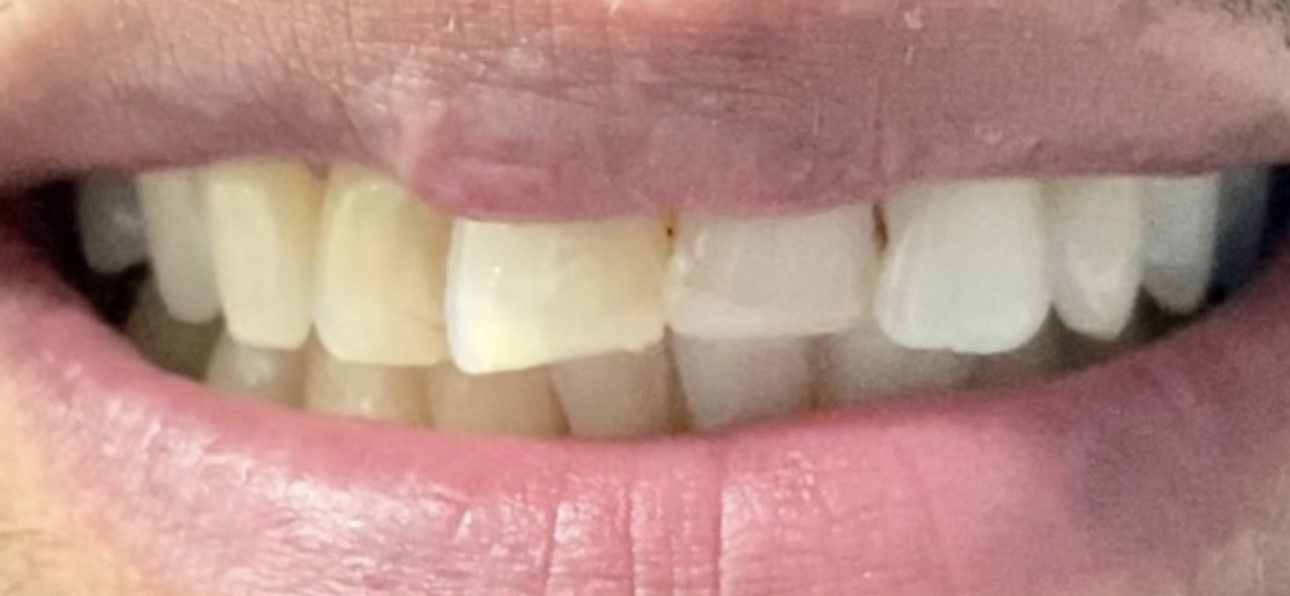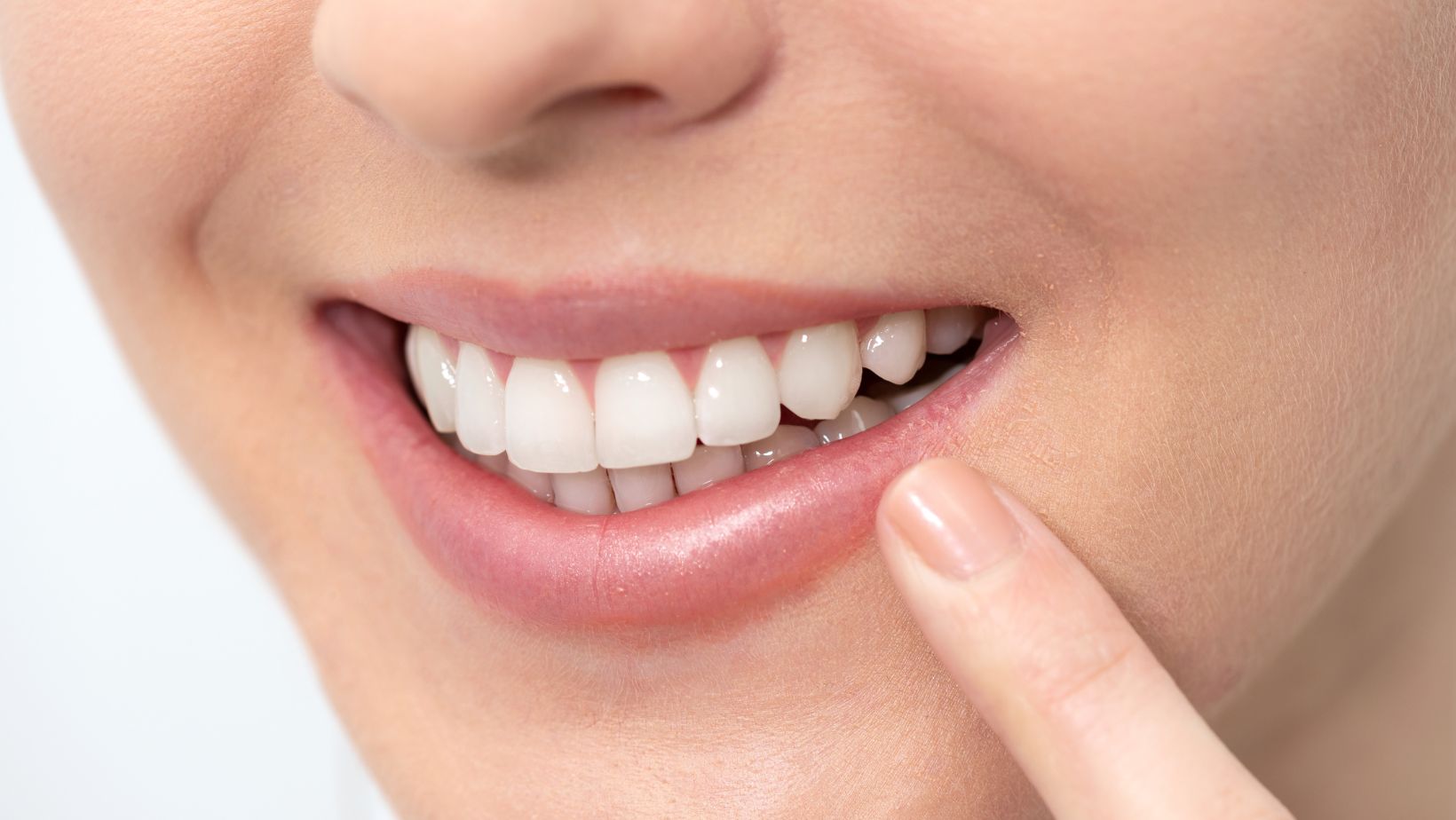Composite bonding
Composite bonding is where a tooth-coloured resin composite is sculpted and bonded to the tooth. It is a minimally invasive, cost effective technique and can be completed in as little as one appointment. It has many advantages when compared to traditional ceramic restorations, including:
- Less destructive to the tooth
- Often does not need drilling or injections
- Cheaper
- Easier to repair















